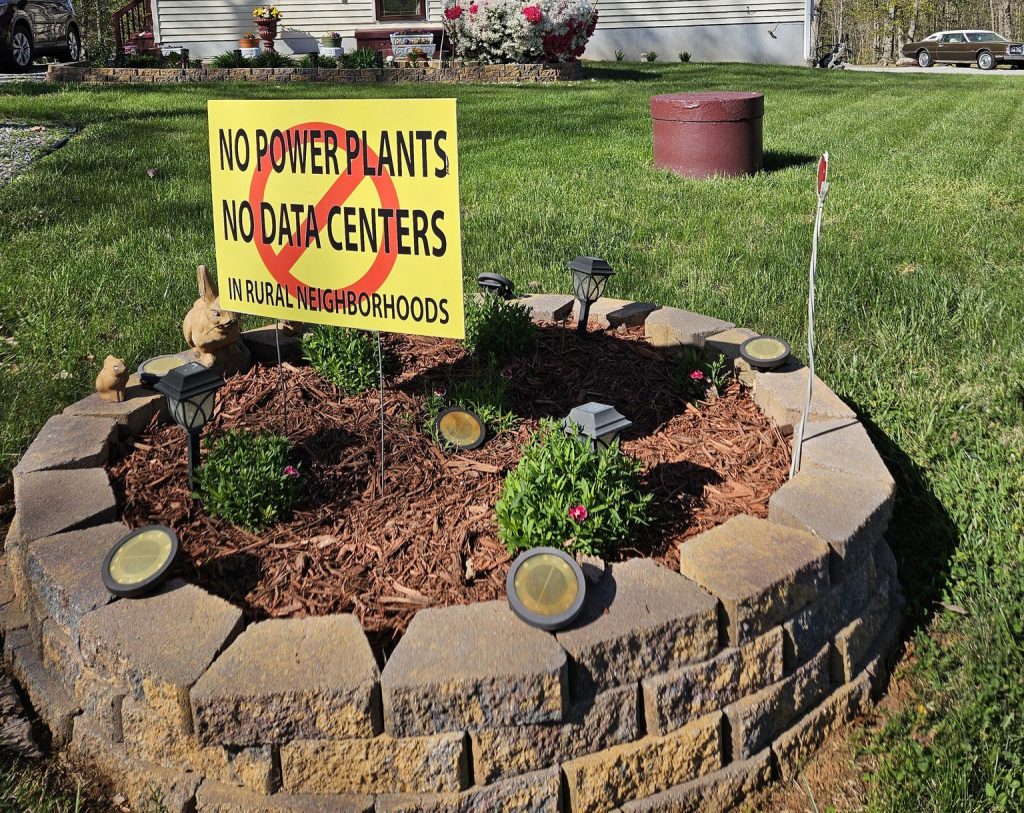Leaves of Three, Let it Be
My last article for the Appalachian Voice addressed the exquisite little inconvenience known as chiggers. I’ll continue on the theme of “itch” and explore the plant of myth and misery known as poison ivy (Toxicodendron radicans).
A member of the cashew family, poison ivy has close cousins in poison oak, and poison sumac. However, in the Southern Appalachians, poison oak is very uncommon and poison sumac is usually restricted to bogs. Unfortunately, poison ivy is everywhere, and it accounts for most cases of plant-induced dermatitis. Poison ivy can be an unusually variable plant, but typically it is a climbing or trailing vine with glossy trifoliate leaves (having 3 leaflets), with the center leaflet having a longer stem than the side leaflets. In Autumn, small white drupes (tiny “berries”) are produced in mature specimens. Hence, there is an old adage about poison ivy : “Leaves of three, let it be; berries white, poisonous sight.” Be aware that sprouts of ash-leaved maple (a tree) and virginia creeper (a vine) can look uncannily like poison ivy.
The great power of this plant is concentrated in a resin called urushiol (oo-roo-she-ol), which travels throughout the plant in structures called resin canals. It is when these canals are compromised by crushing, cutting, or burning that the urushiol is released to get acquainted with your dermis. Your body greets this invader with a “shock and awe” campaign of chemical weapons delivered via white blood cells. This in turn causes the intense itching, blistering, and oozing associated with poison ivy exposure. Urushiol ranks as one of the most powerful plant compounds known. Most people will respond to as little as 50 micrograms of urushiol-about the weight of a single grain of table salt ! It has been estimated that one ounce of purified urushiol would be enough to affect the entire world’s population. It is also apparently quite stable, as a researcher got poison ivy dermatitis from a 100 year old pressed herbarium sample. Many people make the unlikely claim that they are immune to poison ivy. In clinical tests it has been found that fewer than 25% of people are non-sensitive (at least initially), and the rest are mildly to severely sensitive.
Although exceedingly rare, people have died from severe reactions and secondary complications of poison ivy. You can be exposed to urushiol without direct skin contact with the plant- clothing will absorb and hold the resin for a long time; you can also get it from a pet, garden tools, hoses, etc. Consistent with myriad mysteries of the cosmos, this plant dreaded by much of humanity is readily eaten by many birds and mammals.
If you suspect that you have had contact with poison ivy, immediately rinse the area with plenty of cold water; but do not use hand soap, as the fats may help to encapsulate the urushiol. Rubbing alcohol has also been suggested. It usually takes a day or two to develop initial symptoms (itching and mild swelling), and you may have delayed reactions in different areas of your body. Once you progress to the blistering and oozing phase, you cannot spread it to other parts of your body, or to other people. Calamine lotion will help absorb the ooze and keep the site dry. Topical or systemic steroids may be necessary in bad cases, but take with caution. The dermatitis usually resolves itself within two weeks. There are numerous herbal treatments which you may want to explore, as well as some over the counter products.
I’ve recently stumbled upon a product called Zanfel (www.zanfel.com) which I haven’t used. However, if it functions as advertised, it could be a miracle! One of it’s claims is: “safe for the face and genitals”, which is perhaps an odd pairing, but nonetheless reassuring.
Related Articles
Latest News

Leave a comment
Your email address will not be published. Required fields are marked *




